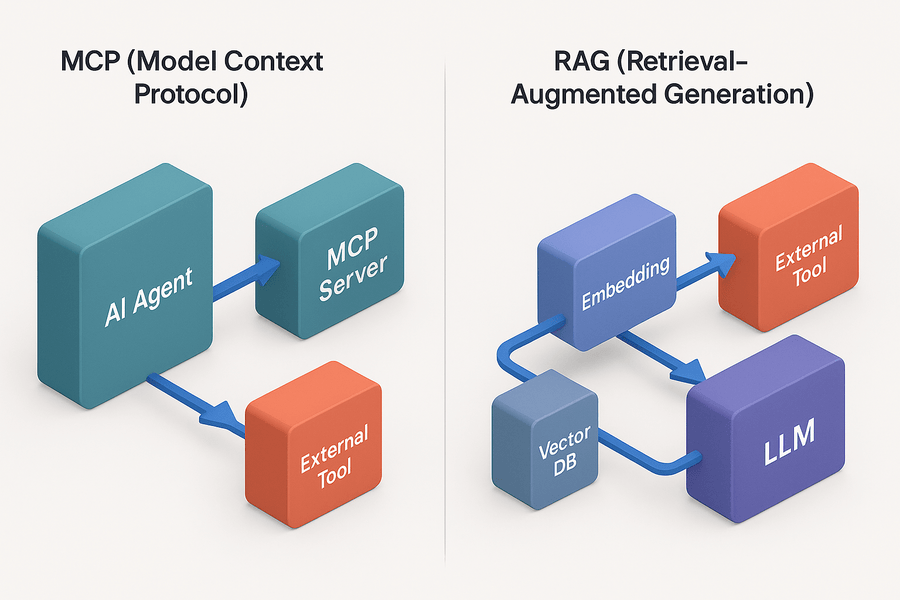When people think about running or deploying Large Language Models (LLMs), Python is usually the first language that comes to mind. Most tutorials, SDKs, and frameworks—from PyTorch to Hugging Face Transformers—start with Python examples. But what happens when your production environment is not Python-based? What if your application stack is built in C++, C#, Rust, or even JavaScript?
That’s where ONNX Runtime (ORT) comes in — a powerful, cross-platform AI engine that brings production-grade inferencing to virtually any language, operating system, or device.
🧠 What is ONNX Runtime?
ONNX Runtime is an open-source, high-performance inference and training engine for deploying machine learning models. Developed by Microsoft, it’s designed to work with the Open Neural Network Exchange (ONNX) format — a standardized model representation that enables interoperability between ML frameworks like PyTorch, TensorFlow, Keras, and Scikit-learn.
Once your model is converted to ONNX format, ONNX Runtime can run it on CPU, GPU, or specialized accelerators (like NPUs or TPUs), delivering lightning-fast inference with minimal setup.
💡 Why ONNX Runtime for LLM Inferencing?
Running LLMs efficiently requires three things:
- Performance: Low latency and optimized memory usage.
- Flexibility: Ability to deploy across hardware (NVIDIA, AMD, Intel, etc.).
- Portability: Support for multiple programming languages.
ONNX Runtime delivers on all three. It powers AI experiences across Microsoft products like Azure AI, Windows, Office, and Bing, and is trusted by enterprises like Adobe, NVIDIA, Oracle, and Redis.
⚙️ Multi-Language Inference with ONNX Runtime
Let’s see how easy it is to perform inference with ONNX Runtime across different programming languages.
🐍 Python
import onnxruntime as ort
# Load the model
session = ort.InferenceSession("model.onnx")
# Prepare inputs
inputs = {"input": input_tensor}
# Run inference
outputs = session.run(None, inputs)
print(outputs)
Python remains the easiest way to get started — but ONNX Runtime doesn’t stop there.
💻 C++
#include "onnxruntime_cxx_api.h"
#include <iostream>
int main() {
Ort::Env env;
Ort::Session session(env, "model.onnx", Ort::SessionOptions{nullptr});
// Prepare and run inference
std::vector<const char*> input_names = {"input"};
std::vector<Ort::Value> input_tensors = { /* your tensor data */ };
auto output_tensors = session.Run(Ort::RunOptions{nullptr}, input_names.data(),
input_tensors.data(), 1, nullptr, 0);
std::cout << "Inference completed!" << std::endl;
}
The C++ API provides low-level control and is ideal for embedded systems or high-performance native applications.
🧱 C#
using Microsoft.ML.OnnxRuntime;
using Microsoft.ML.OnnxRuntime.Tensors;
// Load model and create session
var session = new InferenceSession("model.onnx");
// Prepare inputs
var inputData = new DenseTensor<float>(new float[] { /* your data */ }, new[] { 1, 3, 224, 224 });
var input = new List<NamedOnnxValue> { NamedOnnxValue.CreateFromTensor("input", inputData) };
// Run inference
using IDisposableReadOnlyCollection<DisposableNamedOnnxValue> results = session.Run(input);
Console.WriteLine("Inference successful!");
The C# interface integrates seamlessly into .NET apps, perfect for enterprise or Windows-based solutions.
☕ Java
import ai.onnxruntime.*;
public class OnnxExample {
public static void main(String[] args) throws OrtException {
OrtEnvironment env = OrtEnvironment.getEnvironment();
OrtSession.SessionOptions opts = new OrtSession.SessionOptions();
OrtSession session = env.createSession("model.onnx", opts);
// Run inference
System.out.println("Model loaded successfully!");
}
}
ONNX Runtime’s Java API enables model deployment in backend services or Android apps.
🌐 JavaScript (Web + Node.js)
Node.js Example
const ort = require('onnxruntime-node');
// Create a session
const session = await ort.InferenceSession.create("model.onnx");
// Prepare input
const feeds = { input: new ort.Tensor('float32', data, [1, 3, 224, 224]) };
// Run inference
const results = await session.run(feeds);
console.log(results);
Browser Example (ONNX Runtime Web)
Run models directly in browsers using WebAssembly (WASM) or WebGPU — no backend needed!
<script type="module">
import * as ort from 'https://cdn.jsdelivr.net/npm/onnxruntime-web/dist/ort.min.js';
const session = await ort.InferenceSession.create("model.onnx");
const feeds = { input: new ort.Tensor('float32', data, [1, 3, 224, 224]) };
const results = await session.run(feeds);
console.log(results);
</script>
Perfect for edge AI, privacy-first, or offline applications.
🦀 Rust
The ort crate brings ONNX Runtime to the Rust ecosystem — a favorite for performance-critical systems.
use ort::session::{builder::GraphOptimizationLevel, Session};
fn main() -> anyhow::Result<()> {
let session = Session::builder()?
.with_optimization_level(GraphOptimizationLevel::Level3)?
.commit_from_file("model.onnx")?;
let outputs = session.run(ort::inputs!["input" => image]?)?;
println!("{:?}", outputs);
Ok(())
}
Used by projects like SurrealDB, Wasmtime, and rust-bert, the Rust binding combines safety, concurrency, and raw speed.
🚀 Performance Tuning in ONNX Runtime
Performance is where ONNX Runtime truly shines.
It provides several optimization layers and execution providers for different hardware setups.
🔧 Execution Providers (EPs)
EPs enable hardware acceleration by delegating parts of model execution to specialized hardware:
- CUDA / TensorRT — NVIDIA GPUs
- DirectML — Windows + GPUs
- OpenVINO — Intel CPUs / VPUs
- CoreML — Apple silicon
- QNN / NNAPI — Qualcomm chips for mobile
⚙️ Graph Optimizations
You can enable optimization levels to fuse operations and eliminate redundancy:
session_options = ort.SessionOptions()
session_options.graph_optimization_level = ort.GraphOptimizationLevel.ORT_ENABLE_ALL
session = ort.InferenceSession("model.onnx", session_options)
💾 I/O Binding
For maximum efficiency, I/O binding allows you to pin input/output tensors to specific memory (e.g., GPU memory), reducing data transfer overhead.
🪵 Logging and Debugging
ONNX Runtime comes with an integrated logging system to trace model performance, latency, and runtime behavior.
session_options = ort.SessionOptions()
session_options.log_severity_level = 0 # 0 = VERBOSE, 1 = INFO, 2 = WARNING, 3 = ERROR
This feature helps you profile and debug models during development and deployment.
🌍 Where ONNX Runtime Fits in the AI Ecosystem
- Edge AI: Run optimized models on mobile or embedded devices.
- Cloud Inference: Scale your models with Azure ML or Kubernetes clusters.
- Browser AI: Run LLMs and Whisper directly in browsers via WebAssembly.
- Cross-Language AI Integration: Integrate models into any tech stack — from Rust microservices to .NET desktop apps.
✨ Final Thoughts
LLM inferencing doesn’t have to be tied to Python.
With ONNX Runtime, you can run high-performance AI models across languages, platforms, and devices, without rewriting your entire stack.
If your next project involves deploying AI models efficiently, whether in C++, Rust, or the browser, ONNX Runtime is the bridge that connects machine learning innovation to real-world production.
You can learn more about ONNX Runtime from the official website: https://onnxruntime.ai/





